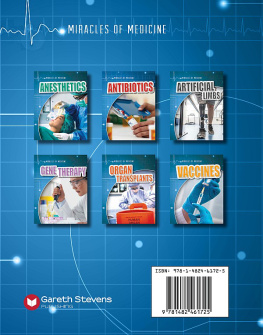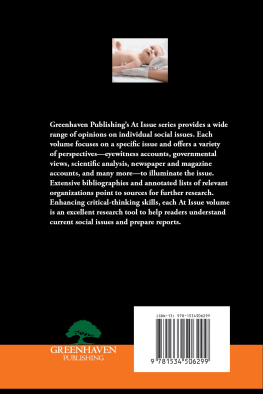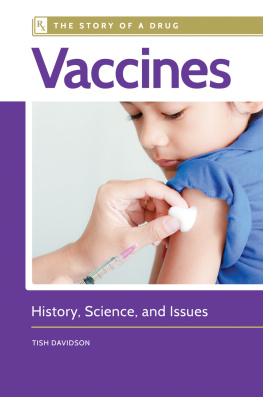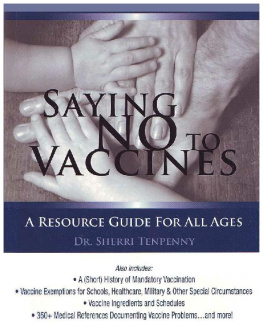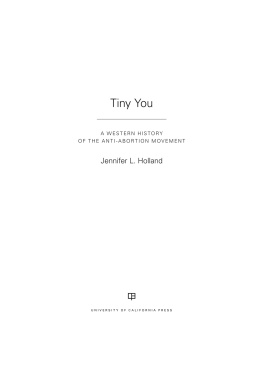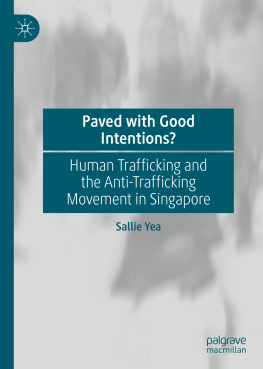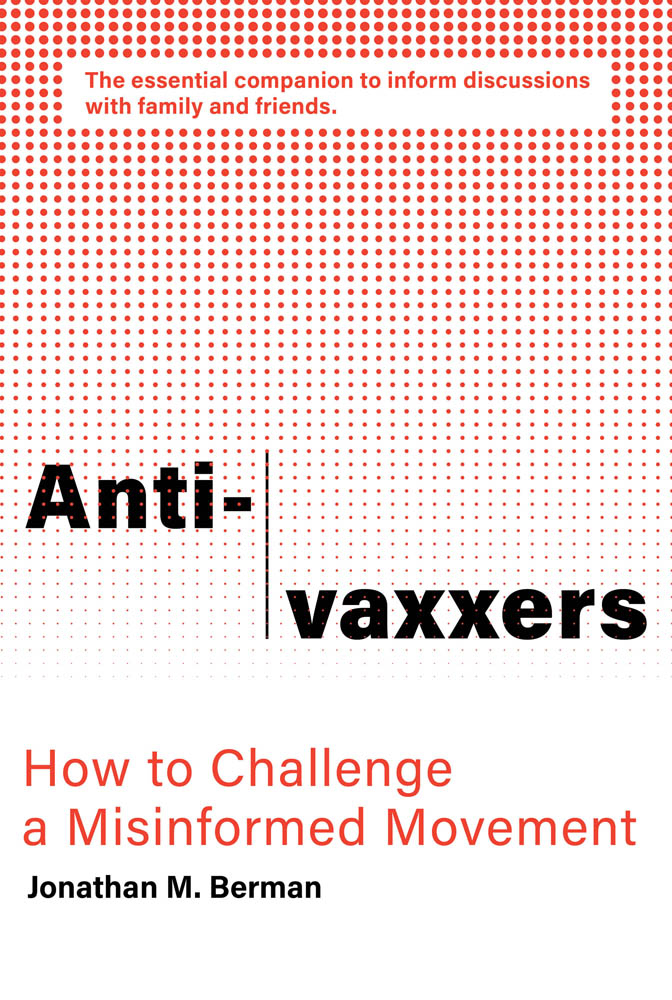Deaths in London due to smallpox, 16291902: The discovery and popularization of vaccination preceded a sharp decline in the number of deaths in London. Historical records in other nations dont all go as far back, but all show a similar decline coinciding with the introduction of vaccination. Countries with mandatory vaccination programs showed sharper declines than those without. (Adapted from W. A. Guy, Two Hundred and Fifty Years of Small Pox in London, Journal of the Statistical Society of London 45 [1882]: 399.)
The return of measles to the United States: the year 2019 saw a measles outbreak in the United States, with more cases than in previous years, which has to be partially attributed to the anti-vaccine movement. Data from the CDC, www.cdc.gov/measles/cases-outbreaks.html .
The 2018 and 2019 measles outbreaks: Worldwide measles cases increased in 2019 compared with 2018, likely partially due to the effect of the anti-vaccine movement. Data from the WHO.
Time from the introduction or discovery of a vaccine against a variety of infectious diseases to the last endemic case of that disease in the United States.
Preface
Most of this book was written in 2018 and 2019, before the onset of the global COVID-19 pandemic that rages as I write this preface. In January 2020 I started watching news of the pandemic closely, and I started examining how people on the internet reacted to the news. A Reddit user posted an analysis that they claimed showed that the Chinese government was lying because the number of new (at the time called 2019-nCoV) cases fit better to a quadratic regression than exponential. I started examining the published epidemiological numbers on the epidemic, and because Im not an epidemiologist, I didnt believe that I had run the analysis correctly.
The model I ran predicted that in the United States, if COVID-19 became common, as many as 4 million people would die. It seemed an impossibly high number. Surely I had misunderstood a variable. In February 2020, a medical student who was doing a fellowship in a congressional office asked me about the outbreak in China, and I showed her my analysis. I included a figure with the effects of reductions in potentially infectious interactions being reduced in increments by 0 percent, 20 percent, 40 percent, 60 percent, and so on. The figure showed that if interactions were reduced by 40 percent, it would buy scientists time to study the new disease, and give physicians time to treat it. I warned her that the state I live in has a limited number of hospital beds. I did not anticipate a shortage of ventilators, masks, or toilet paper. Later, someone presented a much clearer figure that showed the same idea. If we practiced social distancing, by isolating ourselves and minimizing our interactions with other people, we could slow the spread of the disease.
As the nature of COVID-19 became clear, a global pandemic was declared, and individual businesses, universities, cities and states started to implement shutdowns; but politicians were slow to respond. Some downplayed it, by comparing it to seasonal flu, which is widespread and kills tens of thousands every year, but which the current healthcare system can mostly handle. Some, watching the stock market lose value, floated the idea that the death of the elderly was an acceptable sacrifice to ward off an economic recession. Worldwide, there have been reports of individuals ignoring the warnings of scientists and public health offices, going about their daily lives as if nothing unusual were going on.
While anti-vaccine activists wont be relevant to the current crisis until a vaccine is developed, tested, and brought to market, the behavior of people who have ignored lockdowns or left quarantine to attend parties shares some similarities. In South Korea, a woman refused testing, despite showing symptoms and infected dozens of others by continuing to attend church. In Kentucky, young people defied state guidance to stay home and threw a coronavirus party where a partygoer infected at least one other. In Florida, college students gathered at beaches to celebrate spring break. Said one: If I get corona, I get corona. At the end of the day, Im not going to let it stop me. Later some students who had gathered in Florida tested positive for SARS-COV-2 (the virus that causes COVID-19). Large churches have continued to hold services with thousands of attendees, despite state orders. Liberty University reopened amid the crisis. US Senator Rand Paul was tested, and continued to gather with other lawmakers and use the senate gym for several days before his results returned positive and he began self-isolating. Some large churches have continued to hold services with thousands of attendees.
We are early in the pandemic, and its likely that these anti-social-distancers will be studied in depth in the coming years. However, some traits seem to stand out: a lack of trust in medical authorities, a misunderstanding of the scale of human suffering that infectious disease can impart, ignorance of science, and a tendency to make comparisons between SARS-COV-2 and seasonal flu.
The toll that flu takes each year is indeed steep. According to CDC estimates, each year tens of thousands of Americans die due to influenza and its complications. But influenza differs from SARS-COV-2 in some important ways. First, each year a vaccine is developed which allows for some protection against influenza. Influenza also appears to be less contagious than SARS-COV-2. Someone with influenza infects about 1.3 other people on average over the course of their infection. It currently appears that someone with SARS-COV-2 infects about twice that many. A greater percentage of people suffering from COVID-19 (up to 20 percent) require hospitalization, and a greater percentage of those who require hospitalization die. New (as of late March 2020) evidence suggests that a large portion of those who test positive for SARS-COV-2 are totally asymptomatic and capable of infecting others without realizing it. Together these features make SARS-COV-2 significantly more dangerous than seasonal influenza, because it can spread rapidly and overwhelm hospital systems, which are typically built with little overload capacity. Already, Italy has suffered greatly under shortages of personal protective equipment such as masks, as well as equipment such as ventilators, and similar shortages are anticipated in New York and other areas of the United States.


